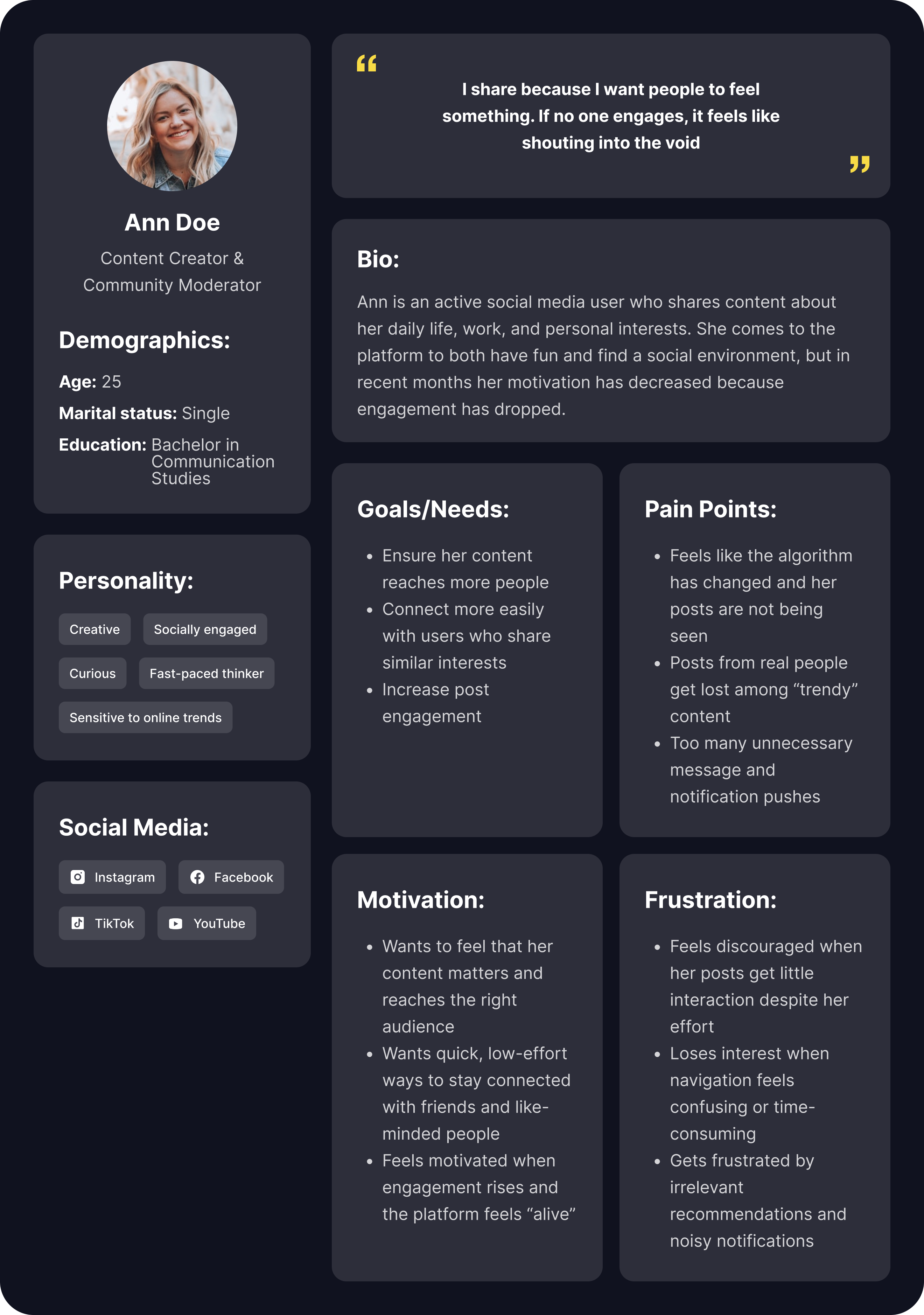User Persona
Decision-Making Process Behind the User Persona Creation
The user persona was developed through a structured decision-making process to understand why post-launch engagement on the social media platform declined. Several research insights and assumptions guided each element of the persona:
Identifying the Primary User Segment
Since the platform already launched and early engagement dropped, the decision was to focus on active but declining users rather than new users or power users. This group is the most telling because:
- they understand the platform,
- they used it enough to form expectations,
- and their disengagement signals experience-level problems.
This led to selecting a persona whose behavior reflects slipping motivation, not complete abandonment.
Synthesizing Research Inputs
Interviews, light contextual inquiries, and content audit observations informed the persona. The common themes were:
- repetitive or irrelevant feed content,
- decreasing post interactions,
- notification fatigue,
- reduced sense of connection.
These patterns helped shape the Goals, Motivations, and Pain Points.
Defining Demographics Strategically
Demographics were chosen to match the most active and engagement-sensitive audience segment: young adults who actively share, follow trends, and expect quick reward loops. This ensures the persona represents a realistic high-impact user.
Determining Pain Points
Pain points were prioritized based on frequency and user frustration potential. Repetitive feed, low post visibility, irrelevant recommendations, and overwhelming notifications are known triggers for disengagement. These were included because they directly explain the core problem: declining interaction.
Shaping Motivation and Frustration
Motivations were framed around positive triggers that encourage return use, while frustrations addressed emotional blockers. This contrast helps the team identify:
- what to amplify (personalization, discovery, meaningful engagement),
- and what to fix (noise, low visibility, content irrelevance).
Ensuring the Persona Supports Actionable Insights
The persona is intentionally crafted to be:
- Specific enough to guide decisions,
- Broad enough to represent a large segment,
- Focused on engagement-related factors rather than lifestyle fluff.
Reviews
2 reviews
Hello Nazila, your user persona is well-structured and demonstrates solid UX research skills. I appreciate the comprehensive documentation explaining your decision-making process and research synthesis. The persona includes clear demographics, goals, pain points, motivations, and frustrations based on actual user research, and the visual presentation is clean and professional. To strengthen this work, consider adding context about which specific product or platform this persona was created for. Overall, this is strong research work!
The persona itself is solidly constructed - you can see that Ann represents that critical segment of users who've already experienced the platform but are losing motivation. That's a good choice because this group reveals experience problems most clearly. Demographics and personality traits align with the assumptions, so no issues there. ✌️😊
Pain points and motivations are spot on, but you could've connected them with specific quotes from interviews or analytics metrics - that would add credibility.
Overall, you have a solid foundation on the content side. If you add more research context and simplify the form, it'll be a genuinely useful tool for the team. You're doing this well! ❤️👍
You might also like

Build a Product Roadmap
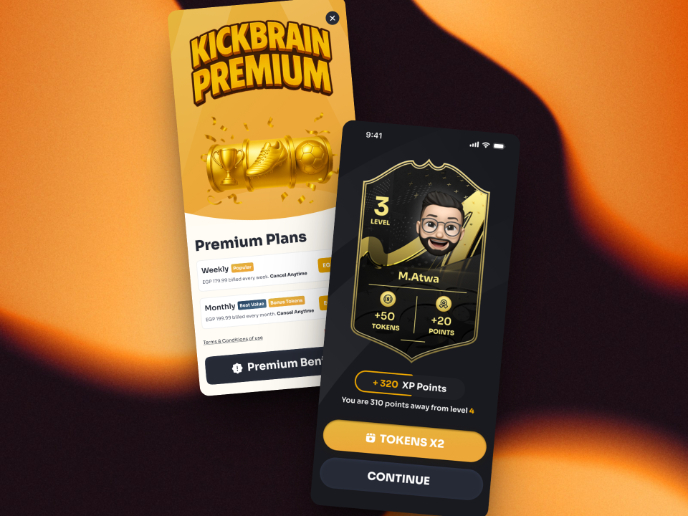
Redesigning KickBrain: Trivia Mobile Game
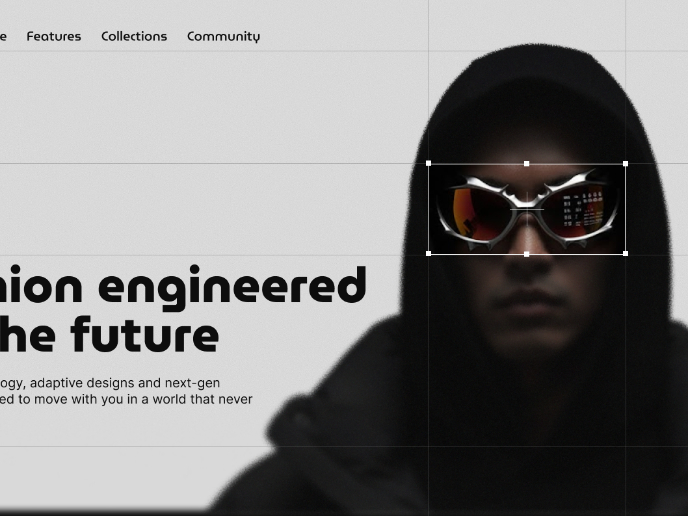
Vantyx | Tech-fashion landing page

Monday.com Color System
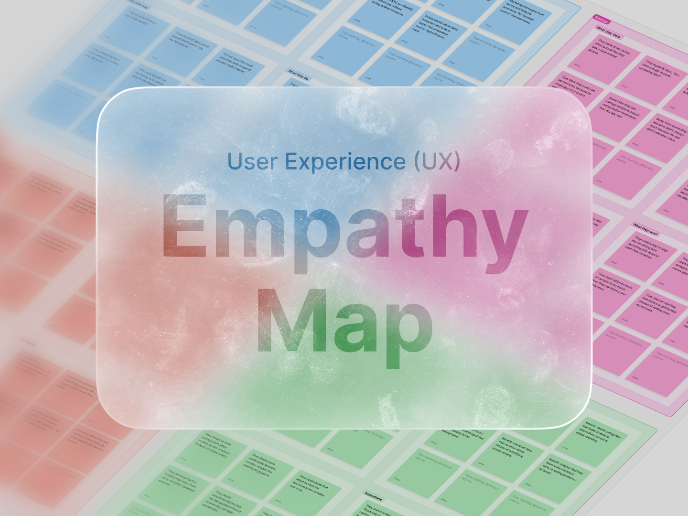
🧡 Empathy Map
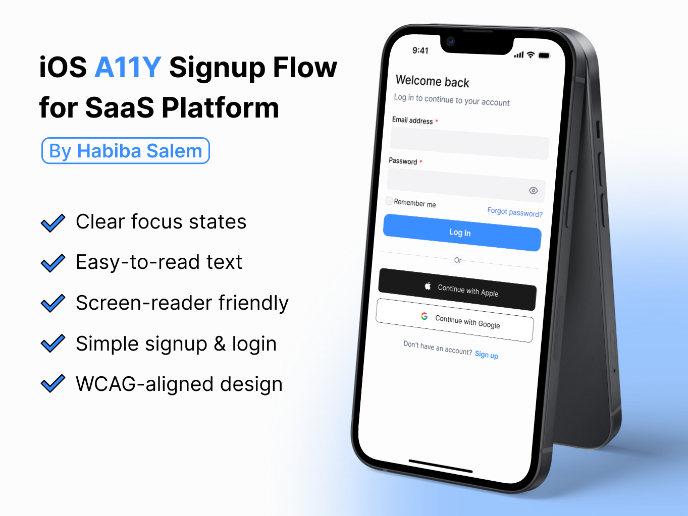
iOS A11Y Signup Flow for SaaS Platform
User Research Courses

Introduction to Product Management

The Product Development Lifecycle & Methodologies


